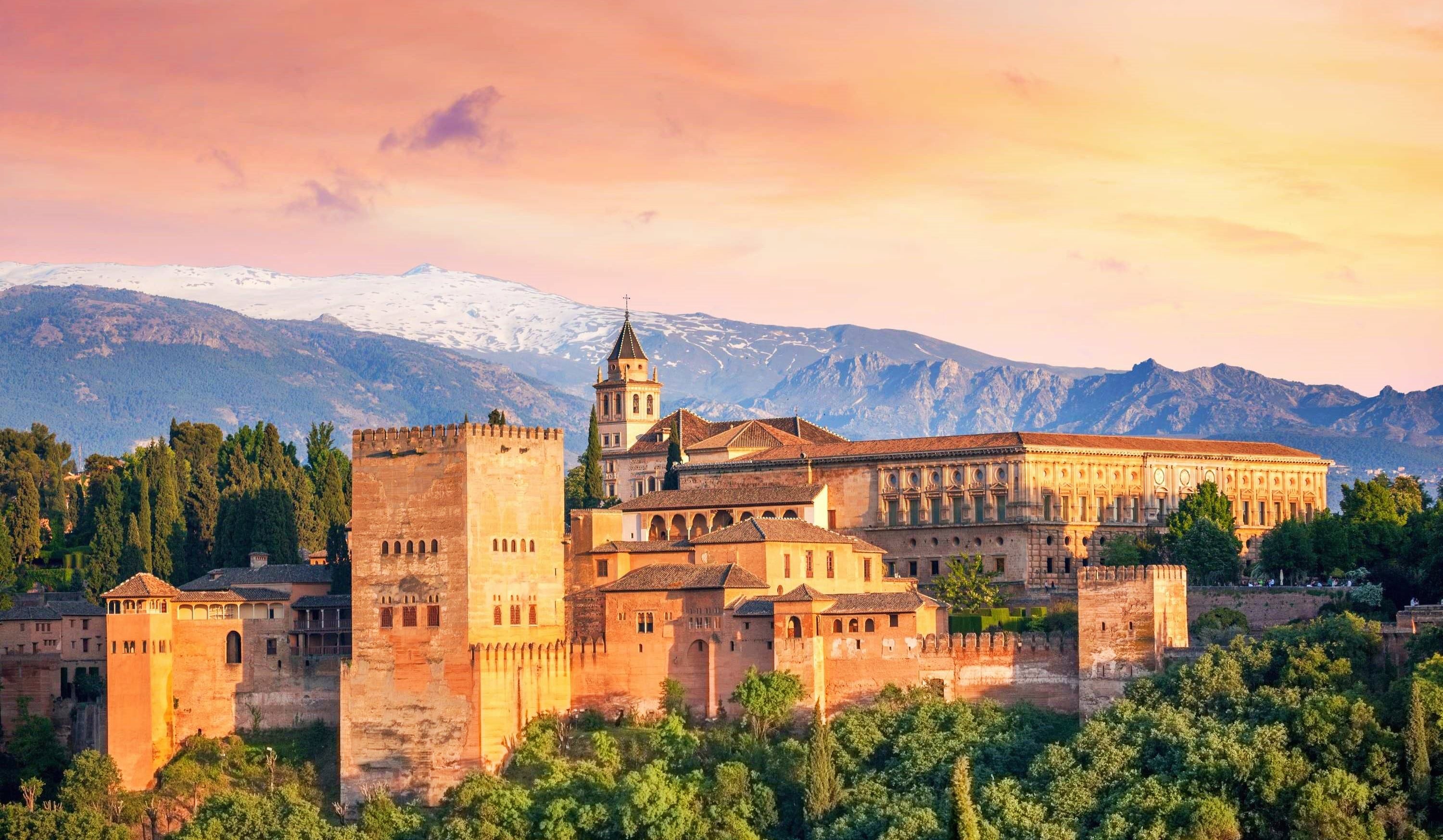
Spain is a brilliant holiday destination with something for everyone, whether you’re after lazy beach days, buzzing cities, or exploring the countryside. It’s easy to reach from the UK, too, with plenty of travel options to suit different budgets and schedules. Here’s a rundown of top things to do in Spain and how to get there. Let me take you beyond the postcards to where Spain’s soul truly lives.
Beaches and Coastal Fun

Spain’s coastline is famous for good reason. The Costa del Sol in the south offers miles of sandy beaches, ideal for sunbathing or dipping into the Mediterranean. Resorts like Marbella or Nerja are great for families, with calm waters and plenty of ice cream stalls. If you fancy something livelier, Ibiza in the Balearic Islands is known for its nightlife, but it also has quieter spots like Cala Salada for swimming. For a mix of beaches and culture, head to Barcelona, where you can sunbathe at Barceloneta Beach before wandering the Gothic Quarter’s narrow streets.
Watch a Football Match

Football here is religion, and its cathedrals are stadiums like Barcelona’s Camp Nou or Madrid’s Santiago Bernabéu. I scored tickets to a match in Seville’s Ramón Sánchez-Pizjuán, where the air crackled with rivalry between Sevilla and Betis. The chants—¡Oé, oé, oé!—thrummed in my chest, and when Sevilla scored, the stadium became a sea of red scarves, fans weeping and kissing strangers. For a deeper cut, visit smaller towns like Villarreal (home to the Yellow Submarine) or San Sebastián, where Real Sociedad’s matches feel like family reunions.
Confront History at a Bullring
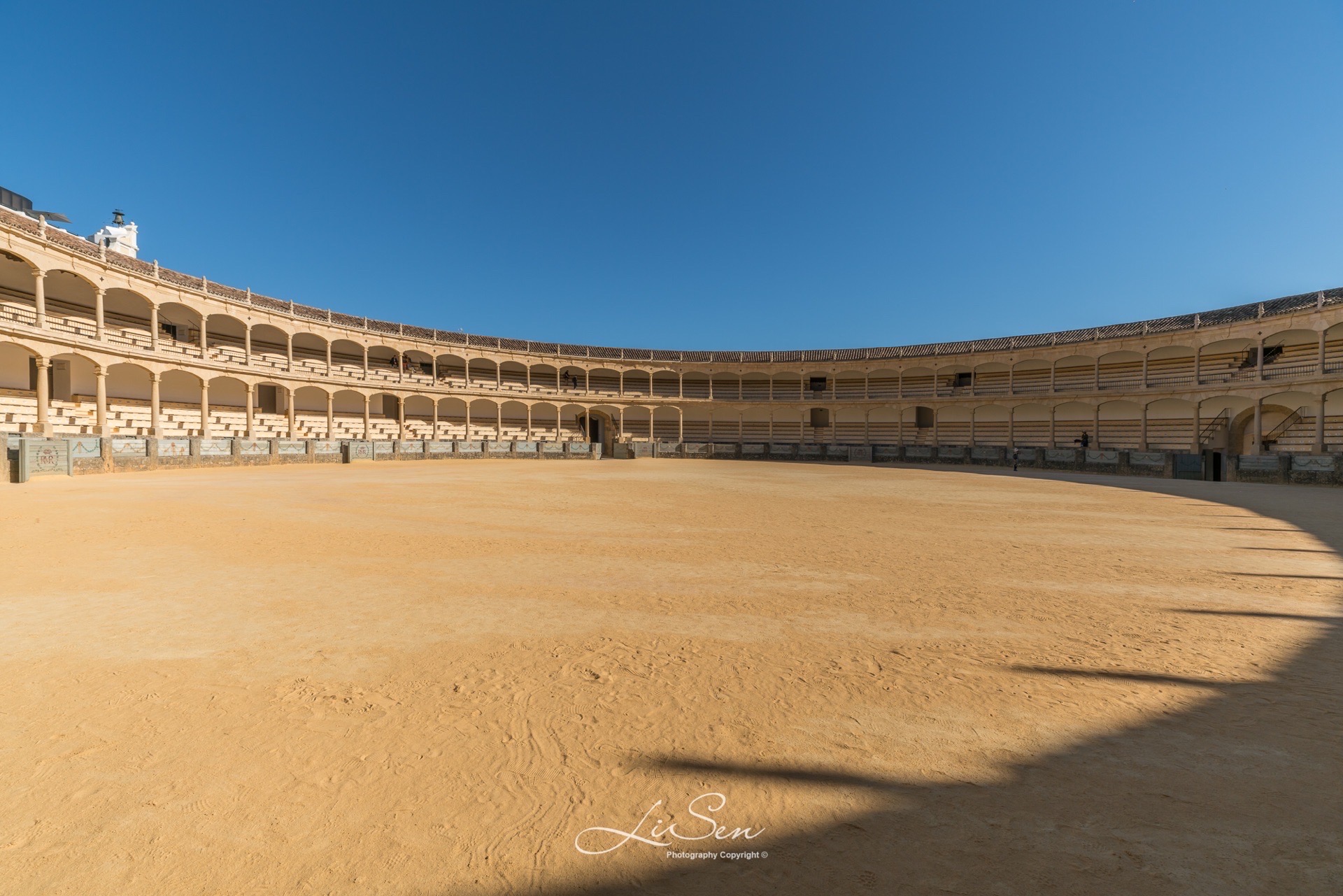
In Ronda, Spain’s oldest bullring, Plaza de Toros, I stood in the sand where Hemingway once watched matadors duel. The silence was haunting—no crowds, just the ghosts of corridas past. For a live event, Madrid’s Las Ventas is iconic, but I’ll never forget the raw intensity of a village capea in Andalucía, where amateurs dodged young bulls under a blistering sun. Whether you cheer or cringe, it’s a window into Spain’s conflicted soul.
Let Flamenco Tear You Open
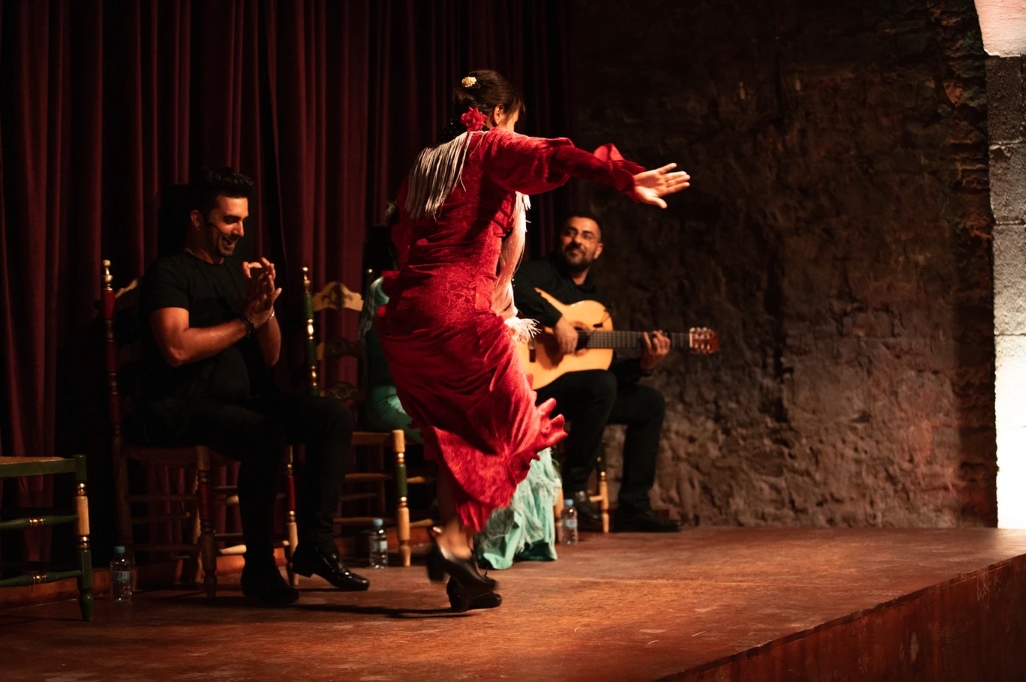
Flamenco isn’t a performance; it’s a bloodletting. In Seville’s Triana district, I slipped into Casa Anselma, a backroom peña where locals stomp and wail without a stage. The singer’s cante jondo felt like a blade—pain, love, defiance. For polished drama, Granada’s Cueva de la Rocío caves or Barcelona’s Palau Dalmases dazzle, but the real magic is in Jerez’s tabancos, where flamenco is served raw with sherry.
Wine Tours Beyond the Vineyard
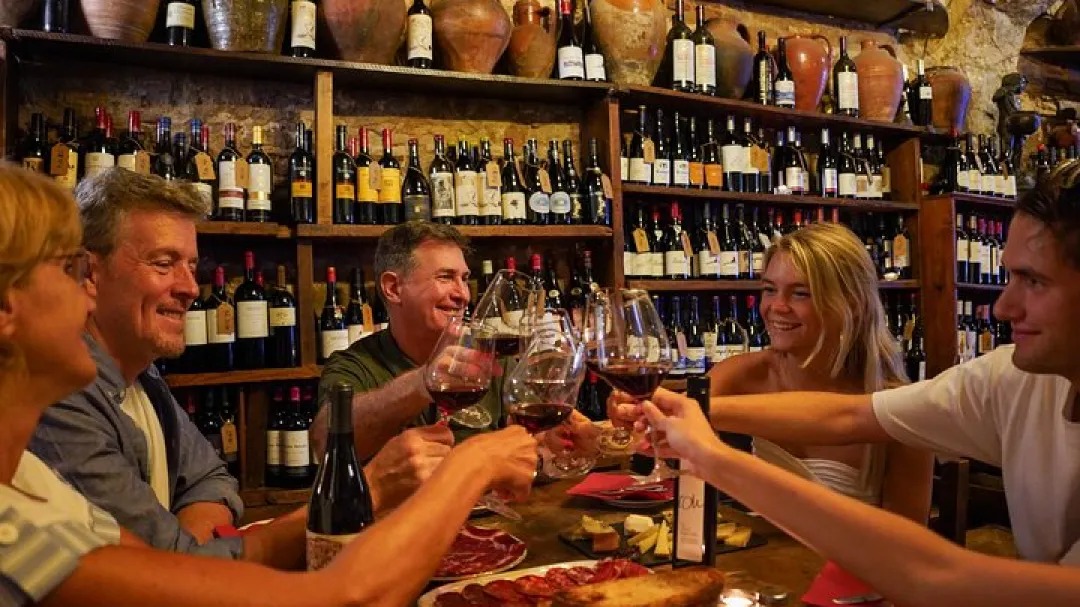
In La Rioja, I biked between vineyards under a harvest moon, ending at Marqués de Riscal’s Frank Gehry-designed winery, where tempranillo flowed like liquid silk. But the true revelation was Priorat’s lunar landscape—gnarled vines clinging to slate slopes. At Celler de Capçanes, a cooperative run by nuns, I sipped kosher wine and ate lamb cooked in a medieval oven. For bubbles, Cava country near Barcelona offers underground cellars where you can sabrage bottles like a pirate.
Master the Art of the Tapeo
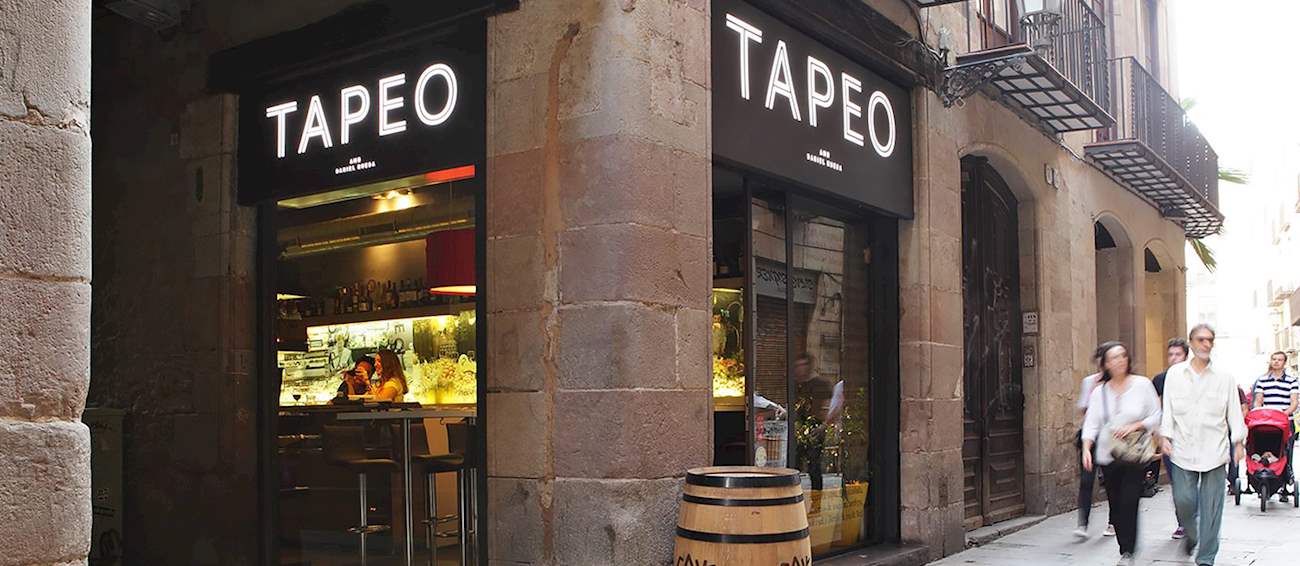
Image by TasteAtlas
San Sebastián’s Calle 31 de Agosto spoiled me. At Bar Txepetxa, anchovies crowned with caviar melted on my tongue; La Cuchara de San Telmo served cochinillo (suckling pig) so tender it sighed off the bone. In Madrid’s La Latina, I joined a tapeo crawl—boquerones in vinegar at Casa Lucas, croquetas at El Viajero—each bar a new chapter. The rule? Follow the locals: if the floor’s littered with napkins, stay.
Festival Madness

In Buñol, I drowned in La Tomatina—a sea of 20,000 people hurling tomatoes, their acid tang mixing with laughter. Pamplona’s San Fermín was chaos incarnate: sprinting with bulls (okay, watching from a balcony), then dancing in the streets until my feet gave out. For something surreal, Valencia’s Fallas—giant papier-mâché effigies burned at midnight—left me spellbound.
Bargain and Feast at Mercados

Barcelona’s La Boqueria is a circus of color—juice stalls, jamón legs, squid ink paella. But I preferred Valencia’s Mercado Central, where octopuses sprawled like aliens and abuelas sold saffron in paper twists. In Madrid’s Mercado de San Miguel, I grazed on gambas al ajillo and tortilla de Betanzos, washed down with vermouth on tap.
Cook and Eat Your Homework
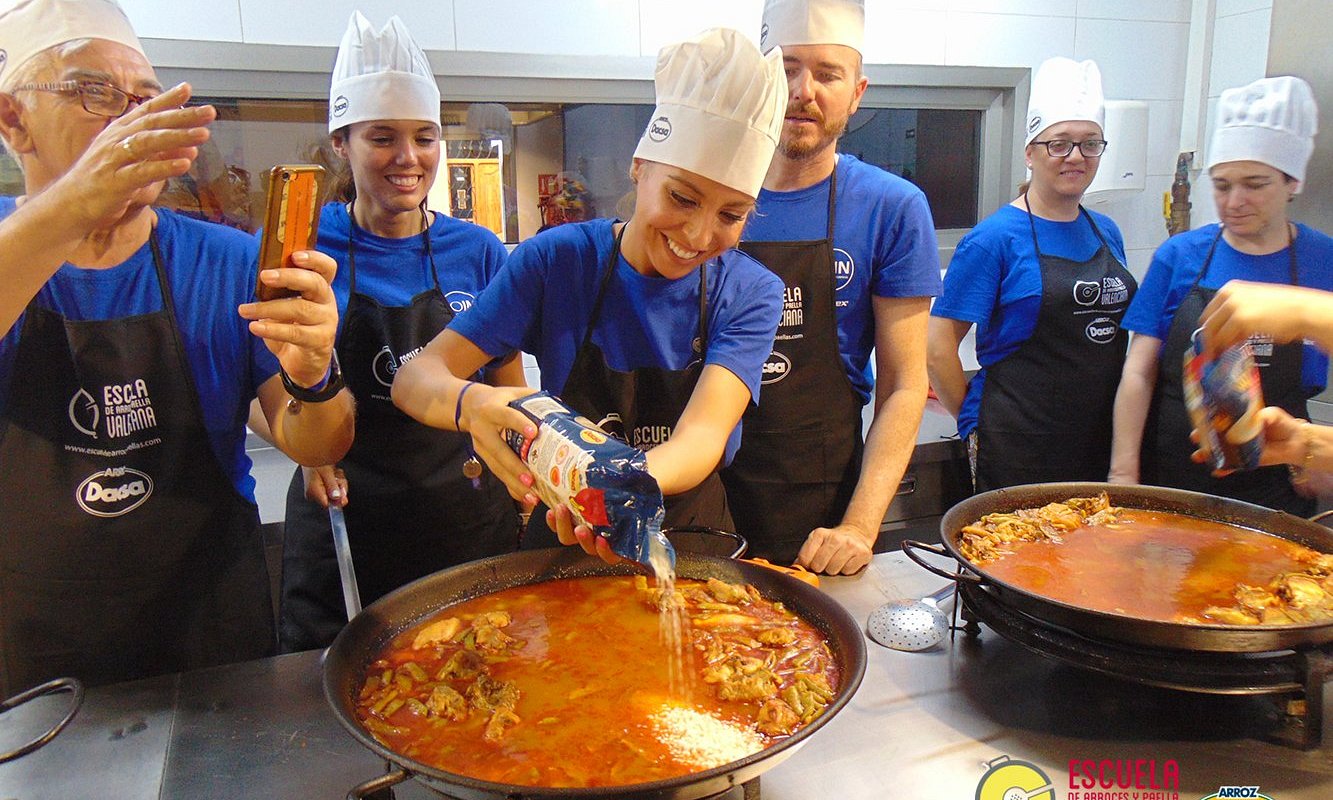
Image by Tripadvisor
In Valencia, I joined a paella masterclass at Escuela de Arroces y Paella Valenciana, stirring the pan over orange wood flames. The secret? Snails, rabbit, and no peas—ever. In San Sebastián, a Basque cooking workshop at Basque Culinary Centre taught me to sear txuleton steak, its marrow oozing onto crusty bread.
Step Back in Time
Toledo’s medieval sword workshops let me forge a dagger (terrifyingly fun), while Ávila’s walls hosted a nighttime reenactment of Inquisition trials—chilling, yet riveting. In Baeza, a Renaissance fair transformed the plaza into a 16th-century marketplace, complete with jesters and roasted boar.
Getting to Spain from the UK
Reaching Spain from the UK is simple. Flights are the quickest option – airlines like Ryanair, EasyJet, and British Airways fly to major cities (Barcelona, Madrid, Malaga) and holiday hotspots (Alicante, Palma). Flights take 2–3 hours, and prices can be very cheap if you book ahead. If you’d rather take your time, ferries from Portsmouth or Plymouth to Bilbao or Santander let you bring a car and enjoy a mini cruise, though the journey takes about 24 hours. For a greener option, trains from London to Spain go via Paris or Lyon, with sleeper services available. It’s pricier and slower (around 10–12 hours), but you’ll see some lovely scenery. Once in Spain, buses and trains are affordable for getting around.
Tips for a Smooth Trip
- Peak season (July-August) gets very busy and hot – consider visiting in spring or autumn for milder weather.
- Learn a few basic Spanish phrases – even “hola” and “gracias” go a long way.
- In cities, watch out for pickpockets in crowded areas.
Whether you’re after a chill beach holiday, a cultural deep-dive, or an active break, Spain delivers. With good transport links from the UK and plenty to see, it’s no wonder it’s a favourite for British travellers.







